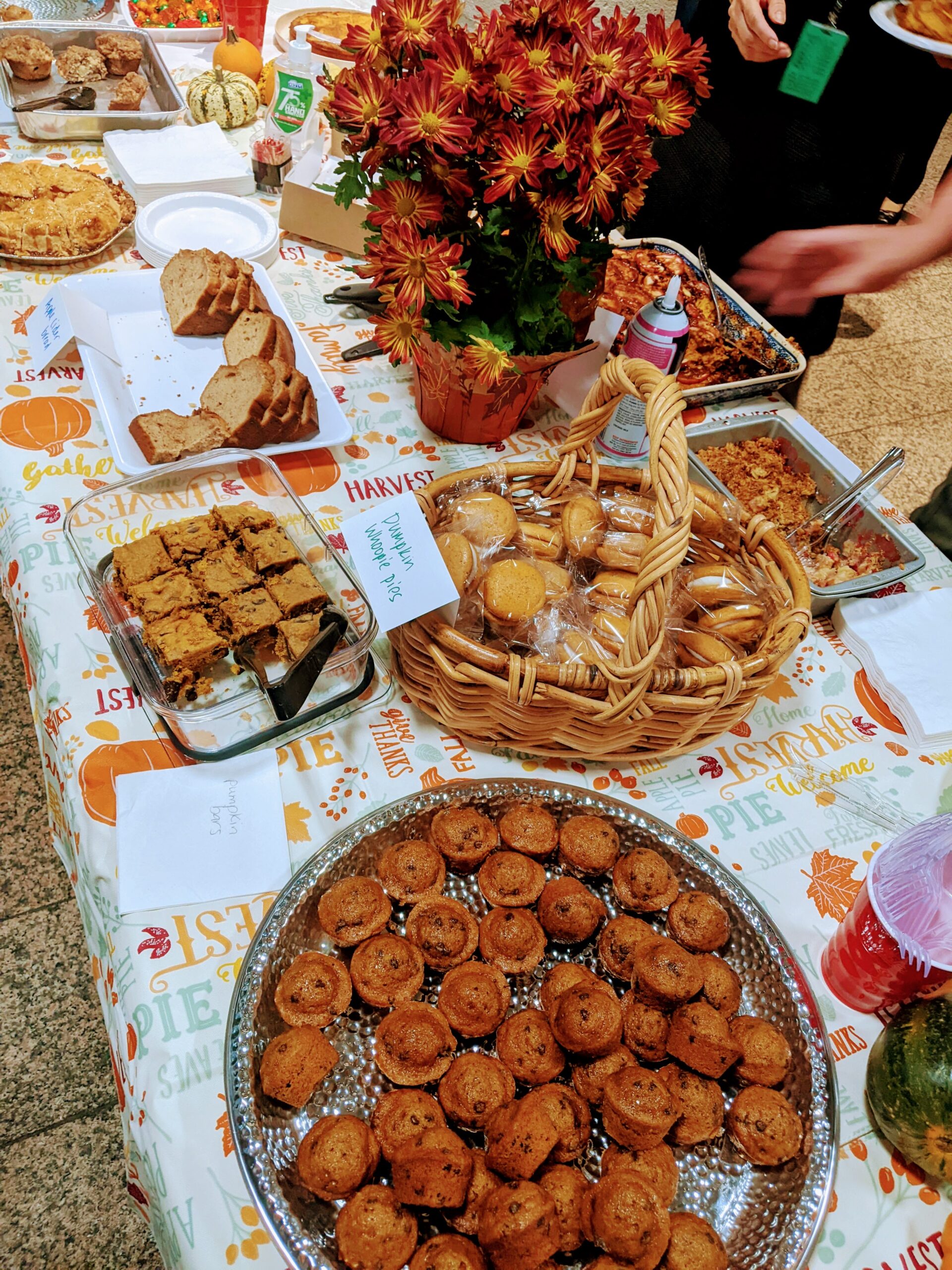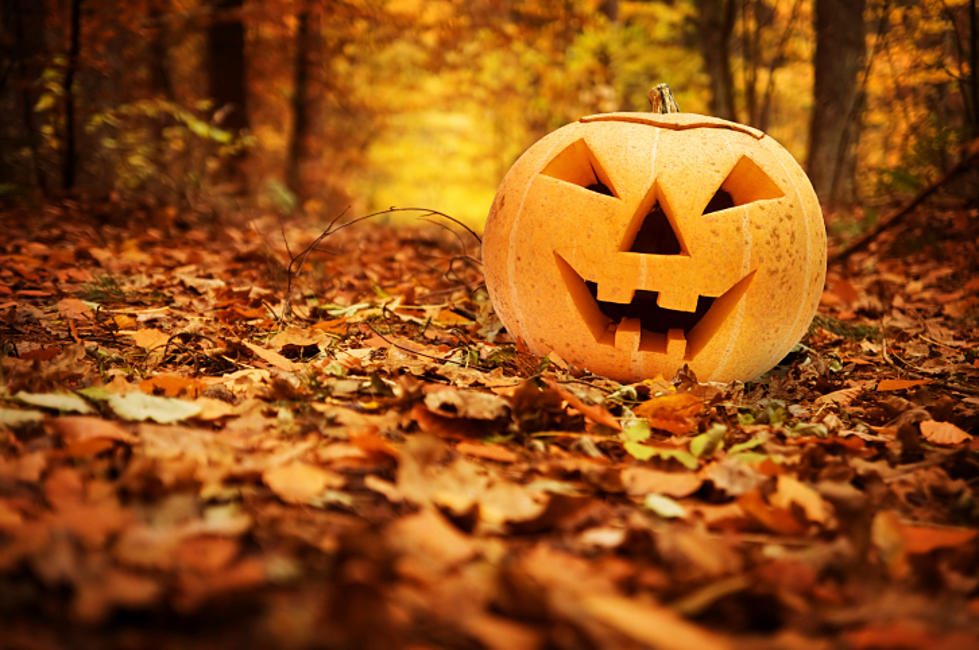As we all know, today we celebrate Halloween. What you might not know is that the Halloween tradition originated with the ancient Celtic festival of Samhain, and became the festivity that we know today with the contribution of the Roman empire and Catholic world. Halloween is among the oldest traditions in the world as it touches on an essential element of the human condition: the relationship between the living and the dead. Let’s find out about its origins!
The Irish Incipit
The Celts, who lived 2,000 years ago, mostly in the area that is now Ireland, the United Kingdom and northern France, celebrated their new year on November 1st. This day marked the end of summer and the beginning of the dark, cold winter. On the night of October 31 they celebrated Samhain (pronounced ‘Soo-when’, ‘So-ween’ or ‘Saw-wen’), which means “summer’s end”and represented the Celtic New Year’s festival. The Celts believed that the veil between the worlds of the living and the dead was thinnest at this time and so the dead could return and walk where they had before. To commemorate the event, Druids used to build huge sacred bonfires, where the people would gather to burn crops and animals as sacrifices to the Celtic deities. During the celebration, the Celts wore costumes, typically consisting of animal heads and skins, and attempted to tell each other’s fortunes. There were gatherings of communities for feasting and drinking while this was going on, but there was also the awareness of the “thin time” of the year and the possibility of otherworldly visitors showing up at the party. Samhaine revolved around the concepts of transition (from summer to winter, from life to death…) and transformation, which are still a central theme of the holiday.
The Italian Contribution
By A.D. 43, the Roman Empire had conquered the majority of Celtic territory, and two Roman festivals were integrated with the traditional Celtic celebration of Samhain. The first was Feralia, which celebrated the Roman Manes, or spirits of the dead. On Feralia, the living were obligated to remember and visit the graves of the dead and leave them gifts in the form of grains, salt, bread soaked in wine, and wreaths, accompanied by violet petals (This is why Roman tombstones read D.M. standing for Dis Manibus, “for the spirits of the dead”) The second one was Parentalia, which honored the spirits of one’s ancestors. These two celebrations were later unified in the Lemuria festival which ran 9, 11, 13 May (even days were considered unlucky!) and was dedicated to placating the angry or restless dead.
Fast forward to A.D. 609, Pope Boniface IV makes May 13th (the final day of Lemuria) the Catholic feast of All Martyrs Day, and more than two centuries later, Pope Gregory III expanded the festival to include all saints, and moved the observance from May 13th to November 1st. The motivation for this move is still debated, but some scholars claim it was done intentionally to Christianize Samhain. Soon, All Saints Day incorporated some of the traditions of Samhain, including big bonfires and parades. By the 9th century, the influence of Christianity had spread into Celtic lands, where it gradually blended with and supplanted older Celtic rites.
Halloween, as we know it
The All Saints’ Day celebration was also called All-hallows or All-hallowmas (from Middle English Alholowmesse meaning All Saints’ Day) and the night before it, the traditional night of Samhain in the Celtic religion, began to be called All-Hallows Eve and, eventually, Halloween. By the middle of the 19th century, annual autumn festivities were common in America, but Halloween was not yet celebrated everywhere in the country. The celebration of Halloween was especially limited in colonial New England because of the rigid Protestant belief systems there. However, in the second half of the 19th century, America was flooded with new immigrants. These new immigrants, especially the millions of Irish fleeing the Irish Potato Famine, helped to popularize the celebration of Halloween nationally.
Trick-or-treat: The American Halloween tradition of trick-or-treating probably dates back to the early All Souls’ Day parades in England. During the festivities, poor citizens would beg for food and families would give them pastries called “soul cakes” in return for their promise to pray for the family’s dead relatives. The distribution of soul cakes was encouraged by the church as a way to replace the ancient practice of leaving food and wine for roaming spirits.
Dressing up: The tradition of dressing in costume for Halloween has both European and Celtic roots. Hundreds of years ago, winter was an uncertain and frightening time. Food supplies often ran low and, for the many people afraid of the dark, the short days of winter were full of constant worry. On Halloween, when it was believed that ghosts came back to the earthly world, people thought that they would encounter ghosts if they left their homes. To avoid being recognized by these ghosts, people would wear masks when they left their homes after dark so that the ghosts would mistake them for fellow spirits.
Pumpkin Carving: The jack-o’-lantern is associated with the Irish folktale of Stingy Jack, a clever drunk who fooled the devil into banning him from hell but, because of his sinful life, could not enter heaven. After his death, he roamed the world carrying a small lantern made of a turnip with a red-hot ember from hell inside to light his way. Scholars believe this legend evolved from sightings of will-o’-the-wisp, swamp and marsh gasses which glowed in the night. On All Hallows’ Eve, the Irish hollowed out turnips and carved them with faces, placing a candle inside, so that as they went about “souling” on the night when the veil between life and death was thinnest, they would be protected from spirits like Stingy Jack. Shortly after their arrival in the United States, the Irish traded the turnip for the pumpkin as it was much easier to carve.
At the Martinos Center, we celebrated Halloween in a “sweet” way, by baking and eating delicious fall-inspired desserts!





